[et_pb_section admin_label=”section”][et_pb_row admin_label=”row”][et_pb_column type=”4_4″][et_pb_text admin_label=”Major advertisers” background_layout=”light” text_orientation=”left” use_border_color=”off” border_color=”#ffffff” border_style=”solid” module_id=”Major advertisers”]
In his series “Attacking the bookends,” venture capitalist TK Kuegler brings that mindset to the racing industry, turning an analytical eye on what the industry can — and should — do to grow its business.
by T. K. Kuegler
January 1, 2017, marks the official start of my racing stable, Wasabi Ventures Stables. I have stated to many people that my goal is to bring 1,000 new owners to the game in the next five years. While this sounds like a lofty goal to many, it seems completely plausible and necessary to me.
I have written a great deal about “attacking the bookends” of handle and ownership and how growth of those two areas will take care of everything else. But as a new owner, I can tell you the process of on-boarding is a complete mess. It is convoluted, uses archaic technology, and, in some cases, is run by people who act like they work for the Department of Motor Vehicles.
[/et_pb_text][et_pb_text admin_label=”Minor advertisers” background_layout=”light” text_orientation=”left” use_border_color=”off” border_color=”#ffffff” border_style=”solid”]
I have spent the last couple months organizing paperwork, getting licensing complete, signing, countersigning, and constantly hitting another round of questions. Every state and every track has a completely different workflow, and almost no one seems to be able to answer in full all of the steps that need to be taken to establish a racing stable. A less motivated person would have already punted what I am trying to do at Wasabi Ventures Stables. With this fresh on my mind, I wanted to offer a solution.
The answer to this disarray is what other entertainment service industries do: create a white glove concierge service. Every track and/or horsemen’s group should have a dedicated person/team that is there to on-board a new owner. That group’s function would be to answer any and all questions of a new owner. In addition, the on-boarding team would be able to quickly point out best practices and obvious gotchas as you move through the process. Imagine a system where as a new owner, you have one place to go for all of the forms, licenses, and unimaginable complexity that you face when opening a racing stable.
[/et_pb_text][et_pb_text admin_label=”Text” background_layout=”light” text_orientation=”left” use_border_color=”off” border_color=”#ffffff” border_style=”solid”]
[/et_pb_text][et_pb_text admin_label=”2nd part of story” background_layout=”light” text_orientation=”left” use_border_color=”off” border_color=”#ffffff” border_style=”solid”]
My proposal would be an extension of the National Racing Compact, which does a fabulous job of handing the central gathering and disseminating of racing licensing. The extension would handle every aspect of setting up a stable. Imagine if you had one central W9 that could be sent instantly to every bookkeeper’s office. Ponder a single account manager who is advising you on the best ways to handle establishing syndications and partnerships in each state where you will be racing. Imagine them coordinating photos taken and licenses procured in each state. When you need a licensed agent agreement for your trainer at each track to make claims for you, all of that is centrally guided and advised. Getting silks ordered, designed, and delivered to a track would be one phone call away.
Then all of that would extend to help in getting accommodations and entertainment once you get to see your horse racing. New owners are generally successful people with disposable entertainment dollars who want to bring those dollars to the racing business. Allowing them to deploy those funds should be completely frictionless from an administrative standpoint. What’s more, I think that most owners would pay for this elevated care and nurturing! There is a supplemental revenue model to be had for tracks and other entities.
Having spoken to a dozen progressive thinking racing people, they all agree that getting more owners into the game is what will fuel the entire industry. If that is the case, then we need states and tracks to understand that they need to make that process as simple as possible for new owners. As a matter of fact, we should be doing all we can to eliminate confusion and barriers. Having a concierge walking you through the process is the surest way to make that an enjoyable first step.
[su_box title=”SERIES TIMELINE” style=”glass”]
- Today’s article
- Attacking the bookends: Make betting simple, December 12, 2016
- Attacking the bookends: A transparent vision, November 12, 2016
- Attacking the bookends: Remember the humans, October 28, 2016
- Attack the bookends, October 18, 2016
[/su_box]
[/et_pb_text][et_pb_text admin_label=”All advertisers” background_layout=”light” text_orientation=”left” use_border_color=”off” border_color=”#ffffff” border_style=”solid”]


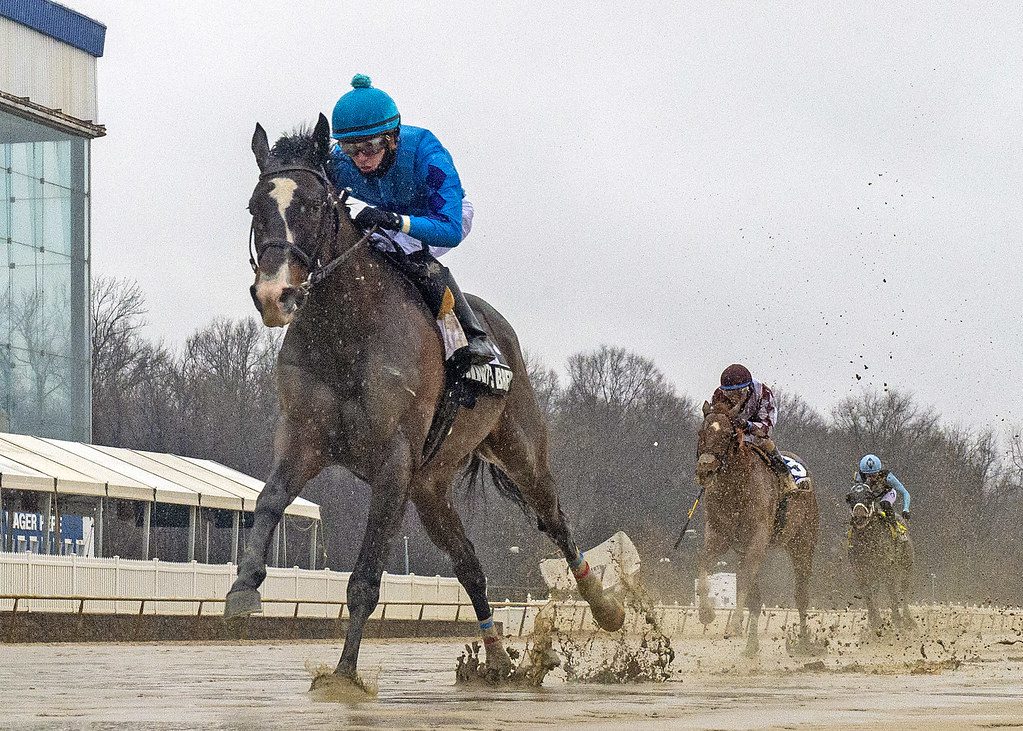

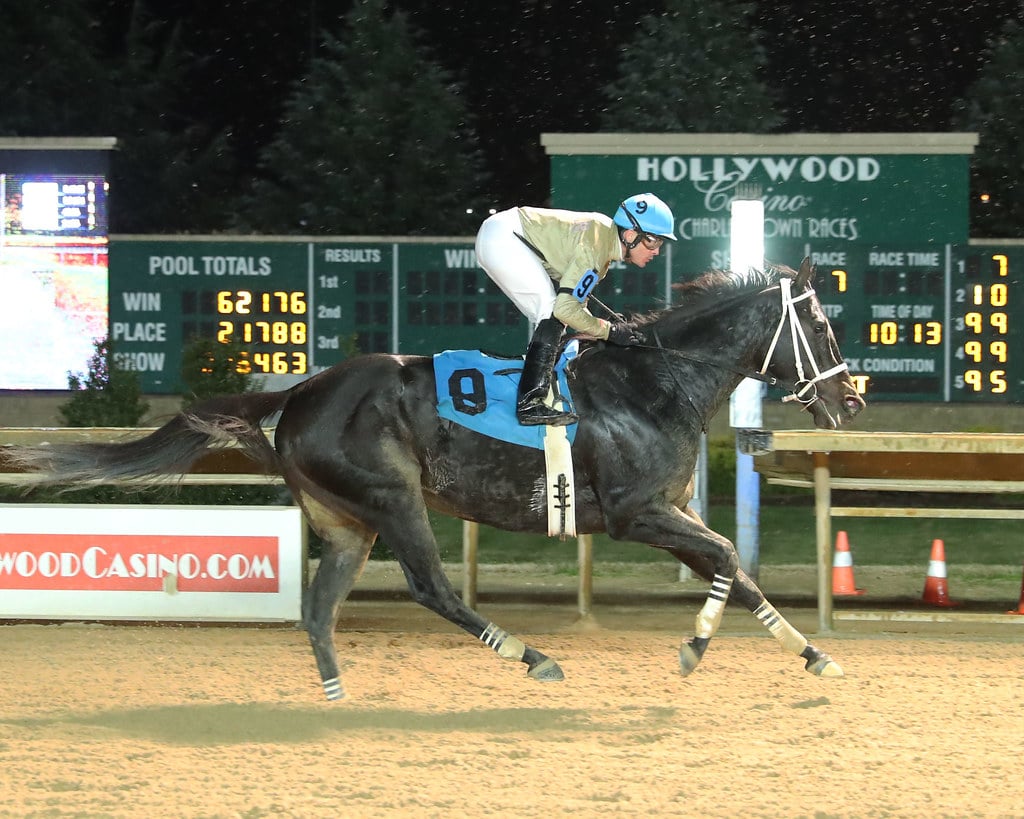
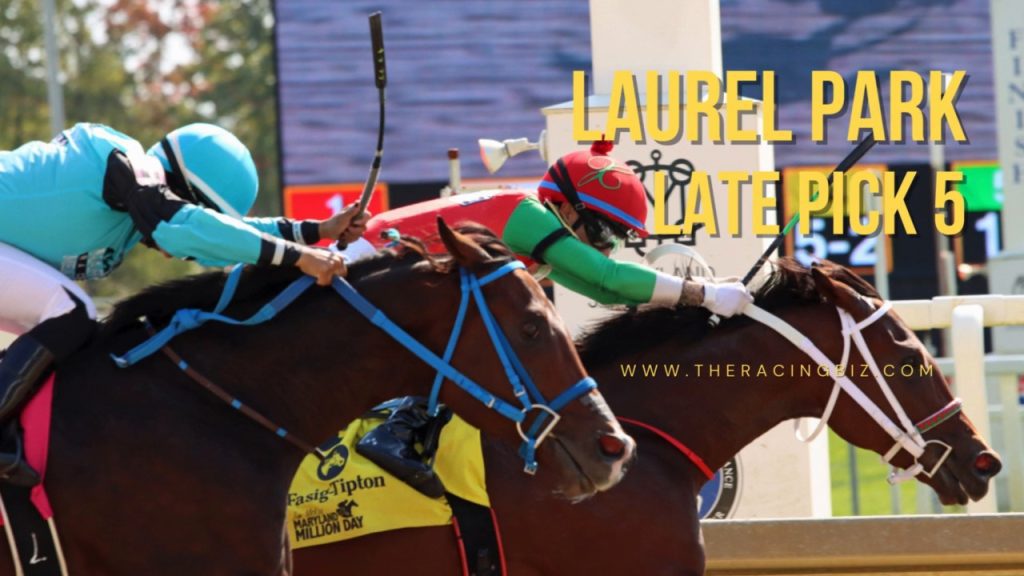

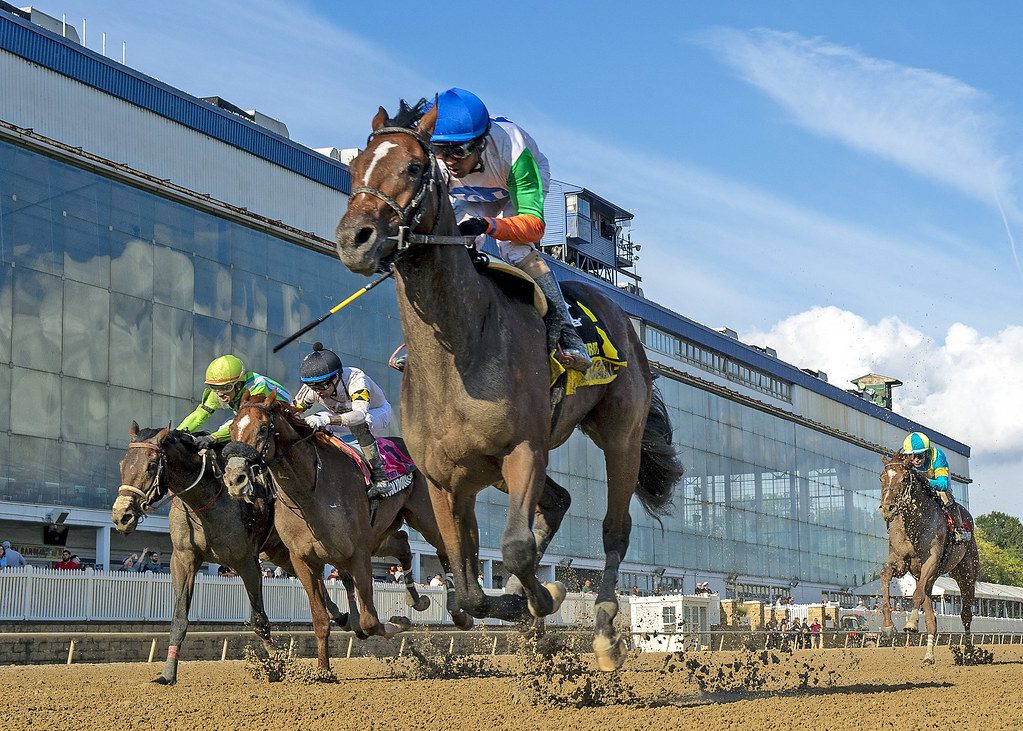
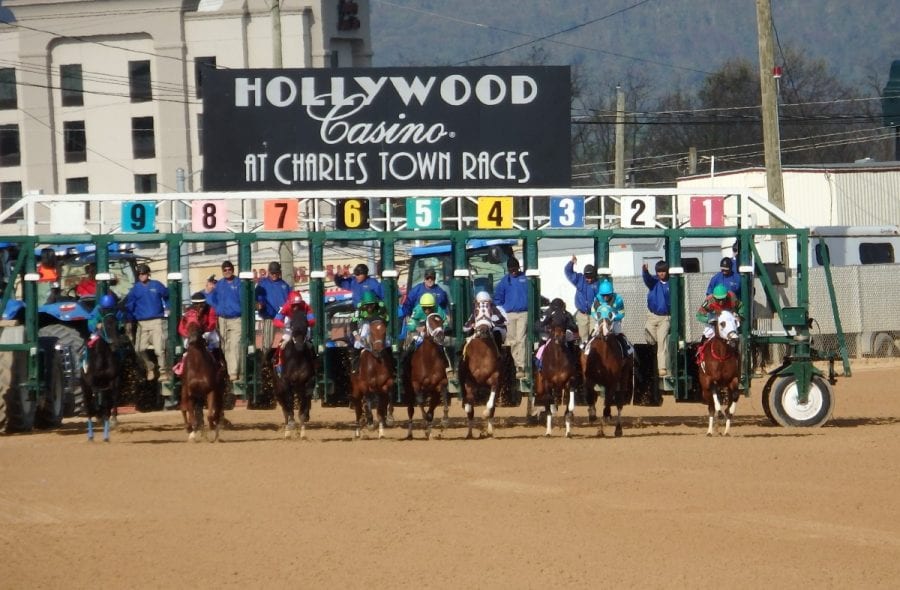
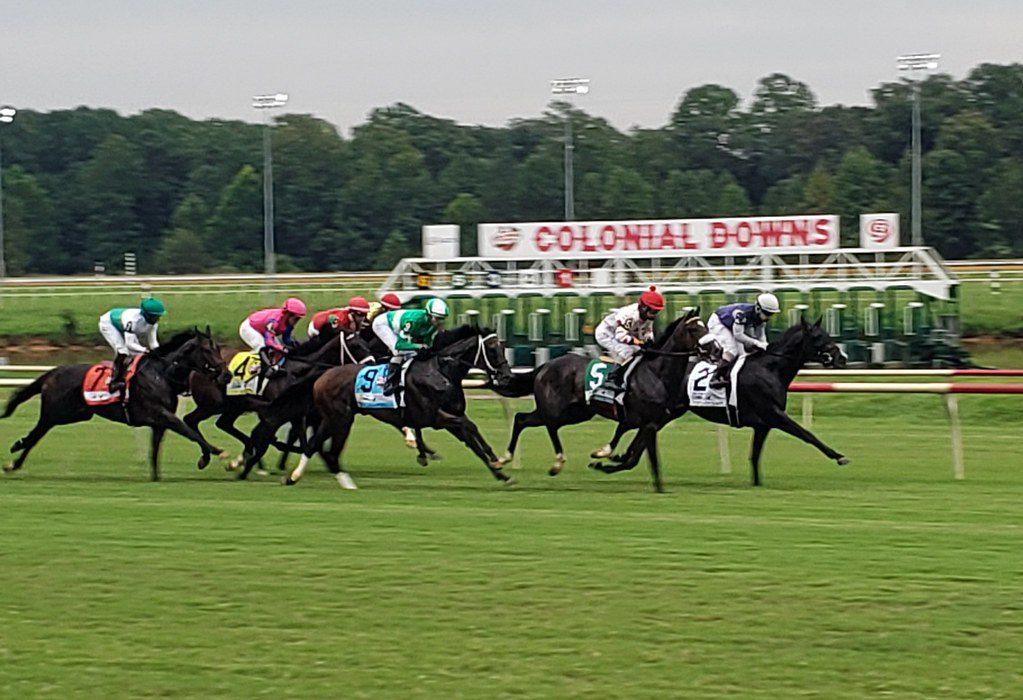
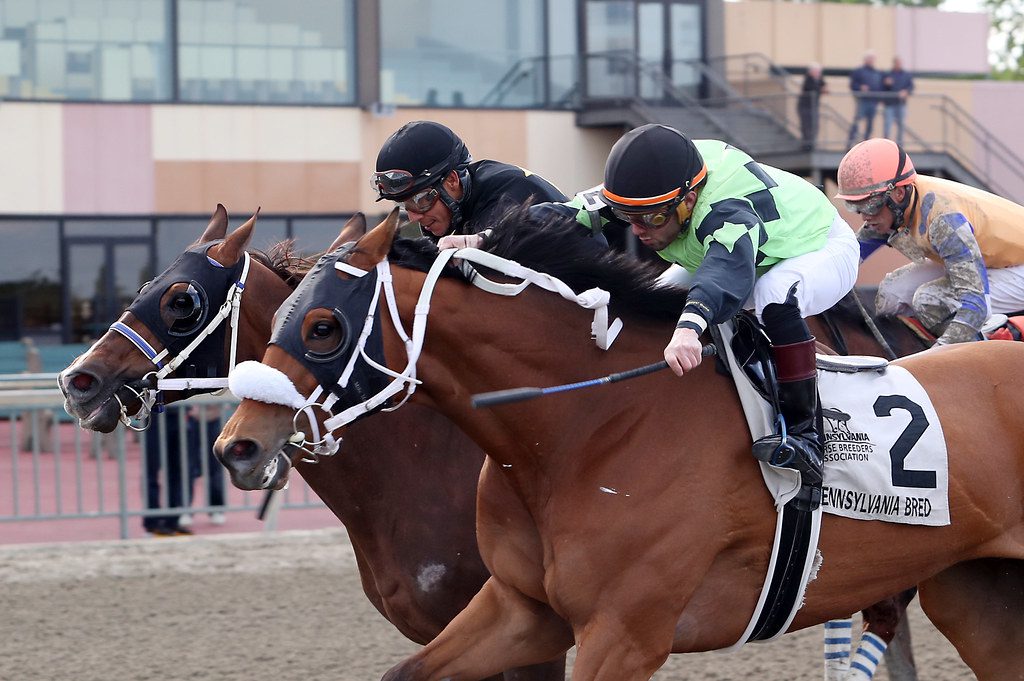
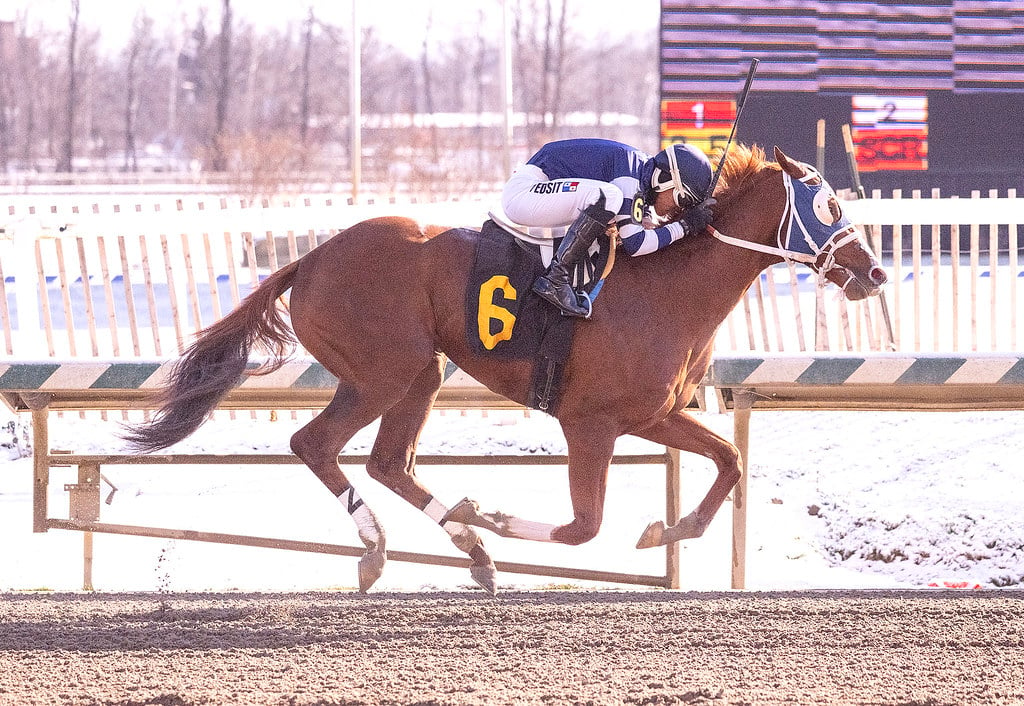



Virginia Horseman
08th Jan 2017Enjoying the series, lots of good ideas to improve the sport. I’ll throw out an additional idea which I have encountered with owners and potential owners: the need to raise claiming prices while leaving purses at the same level. For a potential owner to buy an inexpensive yearling, raise it, and send it to the races late in it’s two-year old year, the outlay is going to run $30k at least. Imagine how a new owner of an apparently modest horse feels when they look at the prospect of running their $30k horse for a $10k tag in its first race. It is an automatic dissuader against getting into the game in the first place. The structure of the claiming prices in the Mid-Atlantic works to the detriment of owners (new and old) and in favor of trainers and other full-time horsemen who now benefit from the outlays made by owners. At Laurel, for example, no race should be carded for less than a $25k tag (with the now $5k claiming purse of $15k). This will encourage people to get into the game as owners and seek their dreams of raising the next Derby winner.
The Biz
08th Jan 2017thanks for taking the time to weigh in, Horseman, and for the kind words. The problem with what you’ve proposed here, in my view, is that it would essentially end claiming, which is the cheapest and fastest way for new owners to get in the game. Moreover, the economic pressure it would put on horses – a horse running for a $15k purse has to run a lot to pay for his daily feed – would mean more horses would run more often. I do agree that we’re probably past due for an upward adjustment of bottom claiming levels, though.
Shannon
09th Jan 2017I hope you have checked out http://www.ownerview.com and the TOBA concierge service (https://ownersconnection.horse/)?